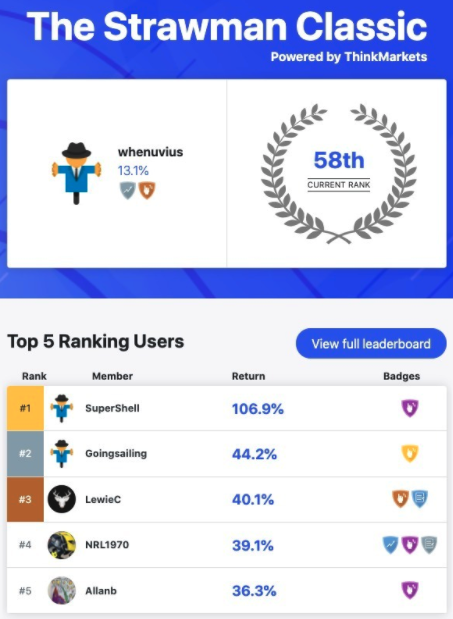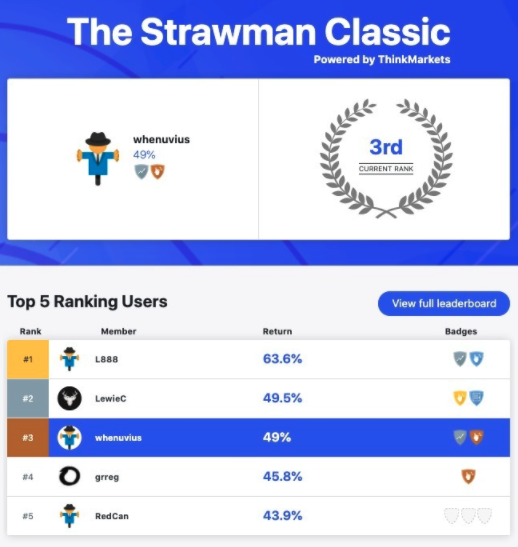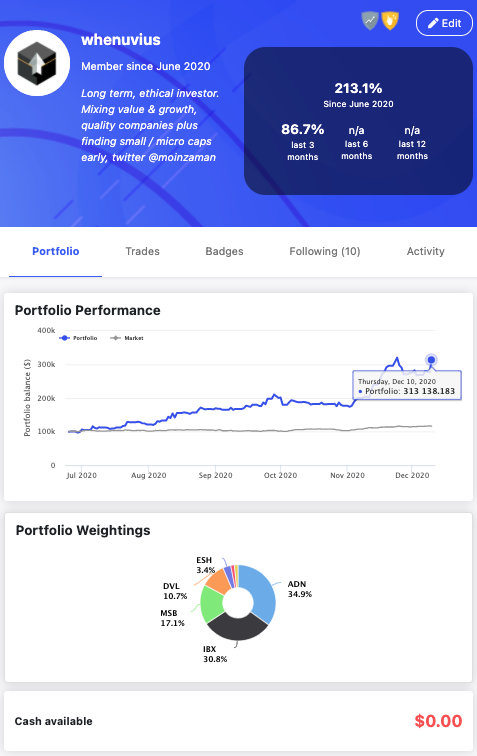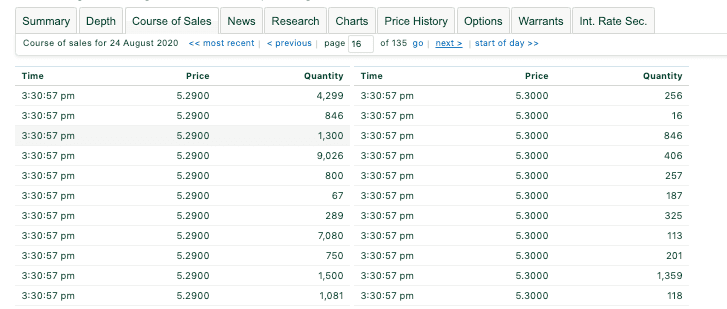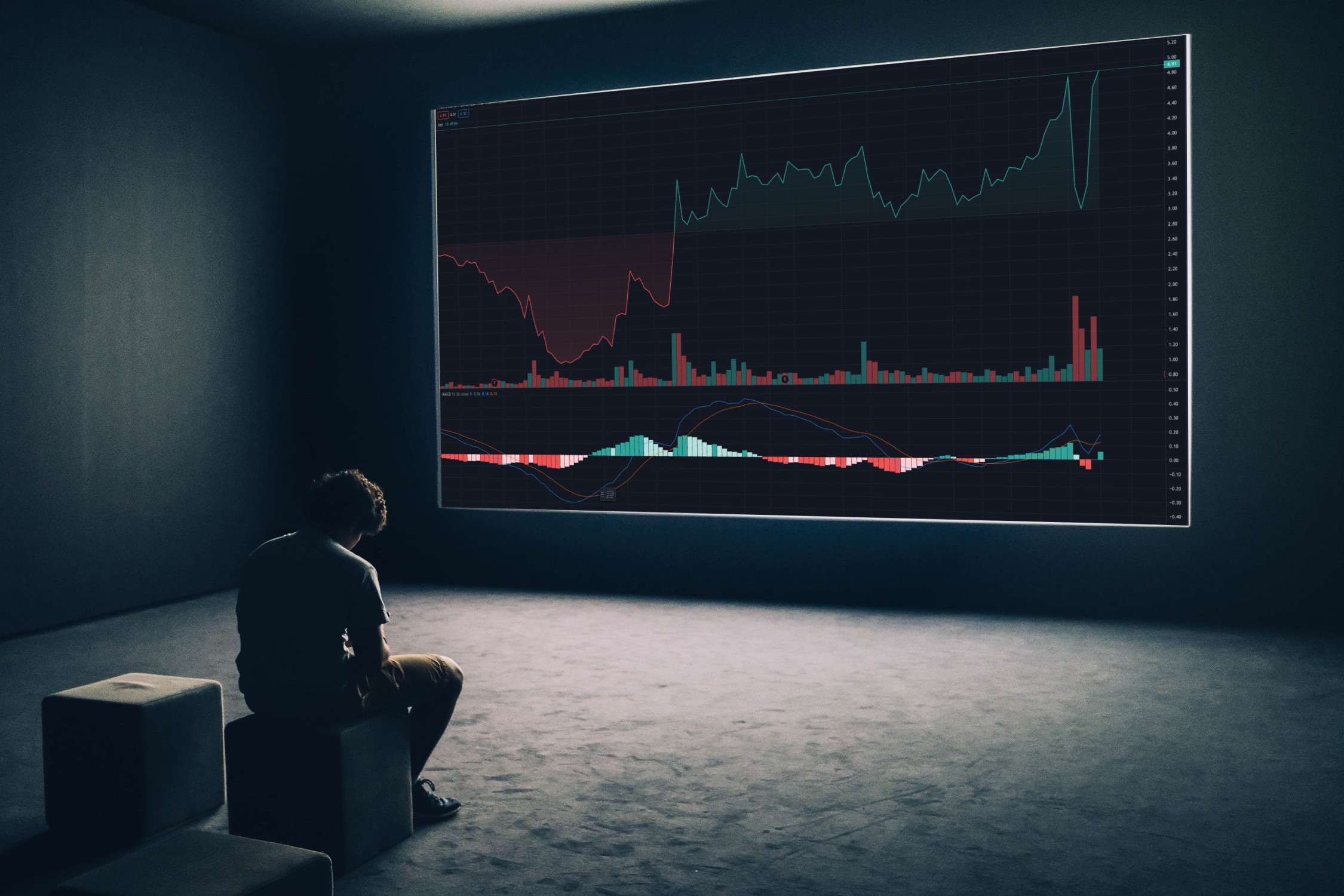One of the most commonly asked questions is how do taxes work with stock market investing in Australia.
It can be hard for people to understand, and the documentation found online is often complex.
We break it down for you in this article.
Investments are taxed by the Australian Taxation Office (ATO), as something called a ‘Capital Gain’.
This term is given to any profit you make, when you sell your shares.
Capital gains from selling assets like shares are added on top of any income you make in the financial year. This would typically be your salary from your employer, that is over the minimum tax free threshold.
This total income is also known as your Total Taxable Income (TTI) in that financial year.
Capital Gains
Let’s say I buy a $20 share and sell it for $30, I’ve made a $10 Capital Gain.
There are two things to know about Capital Gains.
- If you hold a share for longer than 12 months (and 1 day) only 50% of your profit is added to your TTI. Meaning in the above example you would only add half of $10, which is $5 to your TTI.
- When you make a Capital Gain it can be offset by any Capital Losses you’ve made in your lifetime. So if you gain $30 this financial year but lost $10 in the last financial year, you only pay $20 in Capital Gains and immediately use up your $10 offset.
Also note that brokerage fees are included in your purchases, which means that if I want to buy a $100 share but the brokerage fee is $2 my entry price is $102.
Like wise if I sold the share for $150, I would actually only make $148.
It’s quite useful to use a spreadsheets to track your purchases and sales, and most brokers allow you to export a list of all your transactions as a spreadsheet for the financial year.
Dividends are added to TTI
Lastly, if you’re considering investing in companies that offer dividends, your dividends are added to your Total Taxable Income the same financial year that they’re paid, rather than when you decide to sell the shares.
Let’s use a few examples.
Example 1, person earning $80k, selling shares for a profit of $10k
Let’s say you earn $80,000 per year as a salary from your job.
And you’ve owned some shares for over a year and have now sold them this financial year to make a profit (the difference between price sold on market and initial cost of purchase after removing the brokerage).
Assume the shares were purchased at $5,000 and sold at $10,020. $10 brokerage each for the buy and sell transactions.
This gives you: $10,020 – ($5,000 + $10 + $10) = $5,000 as your profit.
As you owned the shares for over over a year, your capital gains is only 50% of your profit, which is half of $5,000 = $2,500.
Add this to your yearly taxable income of $80,000, that gives you a TTI of $82,500.
Plug this into ATOs Simple Tax Calculator and it applies the different tax scales for 2019-2020 as follows:
| Taxable Income | Tax On This Income |
| 0 to $18,200 | Nil |
| $18,201 to $37,000 | 19c for each $1 over $18,200 |
| $37,001 to $90,000 | $3,572 plus 32.5c for each $1 over $37,000 |
| $90,001 to $180,000 | $20,797 plus 37c for each $1 over $90,000 |
| $180,001 and over | $54,097 plus 45c for each $1 over $180,000 |
Based on the table above, for $82,500 we apply the tax from row 3.
$3,572 + ($82,500 -$37,000) x 0.325
= $18,359 total tax on a TTI including capital gains of $85,0000
Without the capital gains of $2,500 from selling the shares, your tax would have been $17,500 on $80,000 TTI.
So the portion of tax paid on $5,000 of profit from sale of shares ends up being $859, meaning you keep $4,141, your net return on investment.
Example 2: Person working part-time earning $18k, selling shares for $5k
Another example: Let’s say you are currently working part time and earn $18,000 per year.
You don’t pay any tax on this as it is under the tax free threshold. Now imagine you sell your shares which cost you $5,000 (after owning them for over a year) for $10,020. This is a profit of $5,000.
Apply the 50% discount on profit and that is your capital gains, half of $5,000 = $2,500.
You only pay tax on the amount over the tax free threshold. From row 2 in the tax scale table above:
Your TTI is $18,000 + $2,500 = $20,500.
($20,500 – $18,201) x 0.19
= $437 total tax on a TTI of $20,500
Your return on investment from the sale of your shares of $5,000 – $437 = $4,563.
Paying huge taxes on shares is a good problem to have
For you to end up with a massive tax bill you would have to have a huge Capital Gain.
In general worrying about your potential profit from shares being eaten away by a large tax bill isn’t practical.
If you do get a massive tax bill you should be fist pumping with the success, because it will means you made a profit much larger than the tax bill itself. The income scale at which it starts to even out is after a TTI of over 500k.
If you have any questions specific to your circumstances, your accountant will be able to explain things and how they might apply to you, all you have to do is ask.
Selling shares if they’re owned for less than 12 months is out of the scope of this article as we almost never do it, as long term value investors.
The main difference is that a 50% discount is not applied to any profits, but there are other factors that can change this, i.e. if one applied to be registered as a person in the business of share trading.
 moin
moin


